[ENG]Prague a city full of history, culture and architecture [ESP]Praga una ciudad llena de historia, cultura y arquitectura

Dear friends of the communities that honor me with the reading, comments and votes of my posts. I would like, first of all, to wish you a happy and successful year 2022 together with your loved ones. Today, to start this new year, I want to share with you a little writing and photos of the city of Prague, named in multiple ways, among which are: Prague Caput Regni (Prague, head of the kingdom); Praga Mater Urbium (Prague, the mother of cities); "The Rome of the North" “Prague, the city of 100 towers "or "Golden Prague", each of which has its own history and meaning. Being in places like this city without knowing at least part of its history is something that one cannot allow; what it feels when you have a minimum of knowledge of what happened there gives you a totally different perspective, fuller and more vivid. The Czech Republic (Czechia) results from the split of Czechoslovakia into two countries in 1993: The Czech Republic and Slovakia; although in truth, its creation, with this name, dates from 1918.
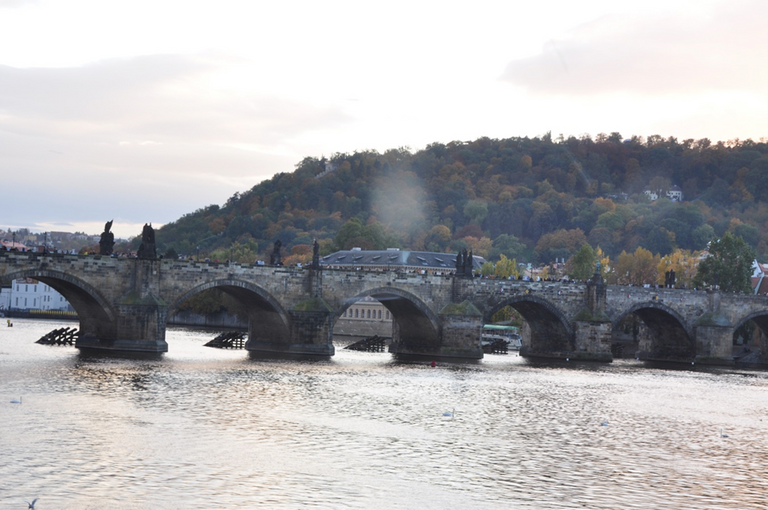
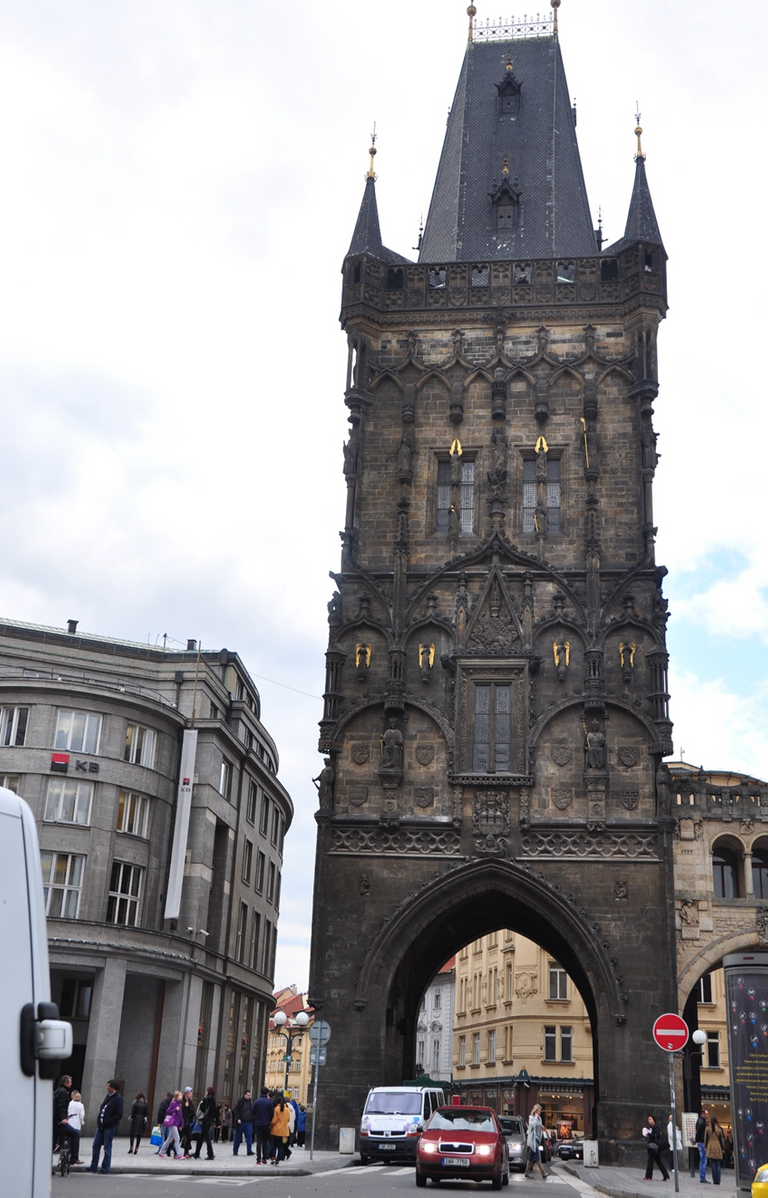
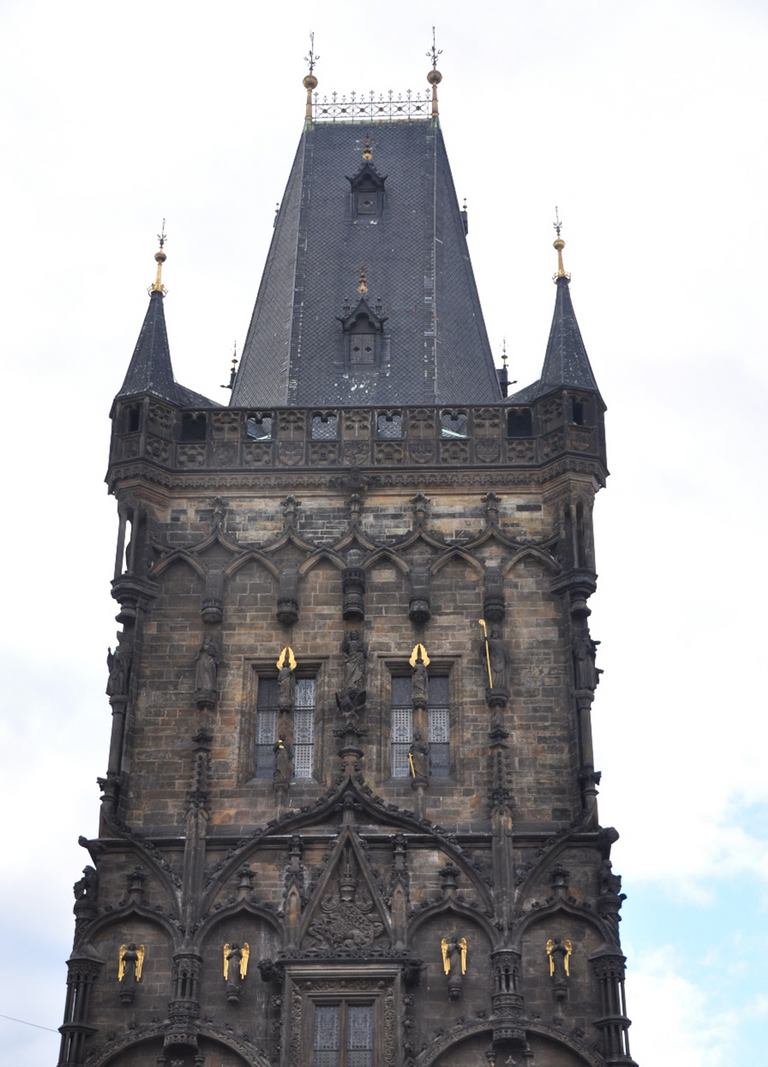
Visiting Prague is entering the history of Europe. It can be said that it is a true open-air museum; it is enough to know its history to be transported to medieval and imperial times, or, at the same time, by notable events such as the Nazi occupation of 1938 at the beginning of the Second World War, the Soviet invasion in 1968 in response to the Prague Spring or the Revolution of Velvet from 1989, which have been a reference to understand the great changes that the world and especially Europe suffered in the second half of the 20th century.

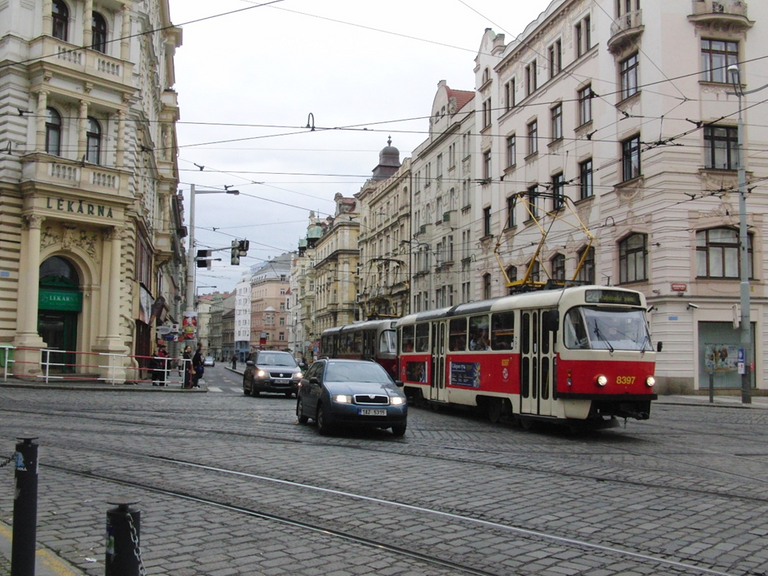
In a trip of a few days like the one I had the opportunity to do in 2007; busy in meetings with members of the Academy of Sciences for the signing of an academic exchange agreement between that institution and the Central University of Venezuela, which the Rector Paris and myself represented, I had little time left to enrich my spirit with the wonders of the city, in such a way that I could only make low glances of the emblematic places of it, with the help of its tram. However, I have been fortunate that my brother-in-law Alfonso () and his wife were in Prague in 2017, ten years after my visit, and they took photos of many places that I could appreciate in person and many others that I only had references to.
()Alfonso Celi @alfceli en Instagram)
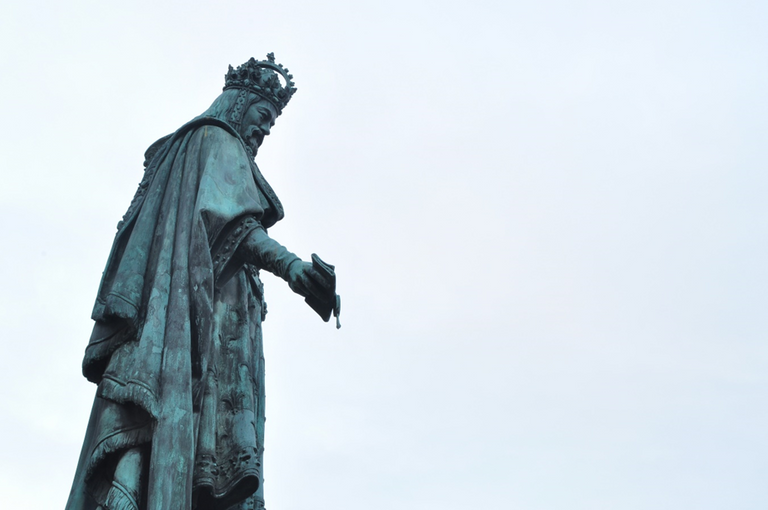
This city is full of places that cannot be forgotten once you have contact with them, among which I remember: the Historic Center (Stare Mesto) where the majestic Old Town Square is located with its spectacular Astronomical Clock of more than 600 years old, the tower of the Old Town Hall, the Church of Our Lady of Týn, the Birthplace and the commemorative statue of the famous writer Franz Kafka. The old Jewish ghetto of Josefov, where 6 synagogues stand, among which the Old-New Synagogue and the Spanish Synagogue stand out, whose name is due to its resemblance to Moorish art from the Muslim era in Spain, in addition to the old Jewish cemetery, with just over 12,000 graves and some 100,000 people buried in them; This area is the oldest in Prague together with its original cobbled streets.
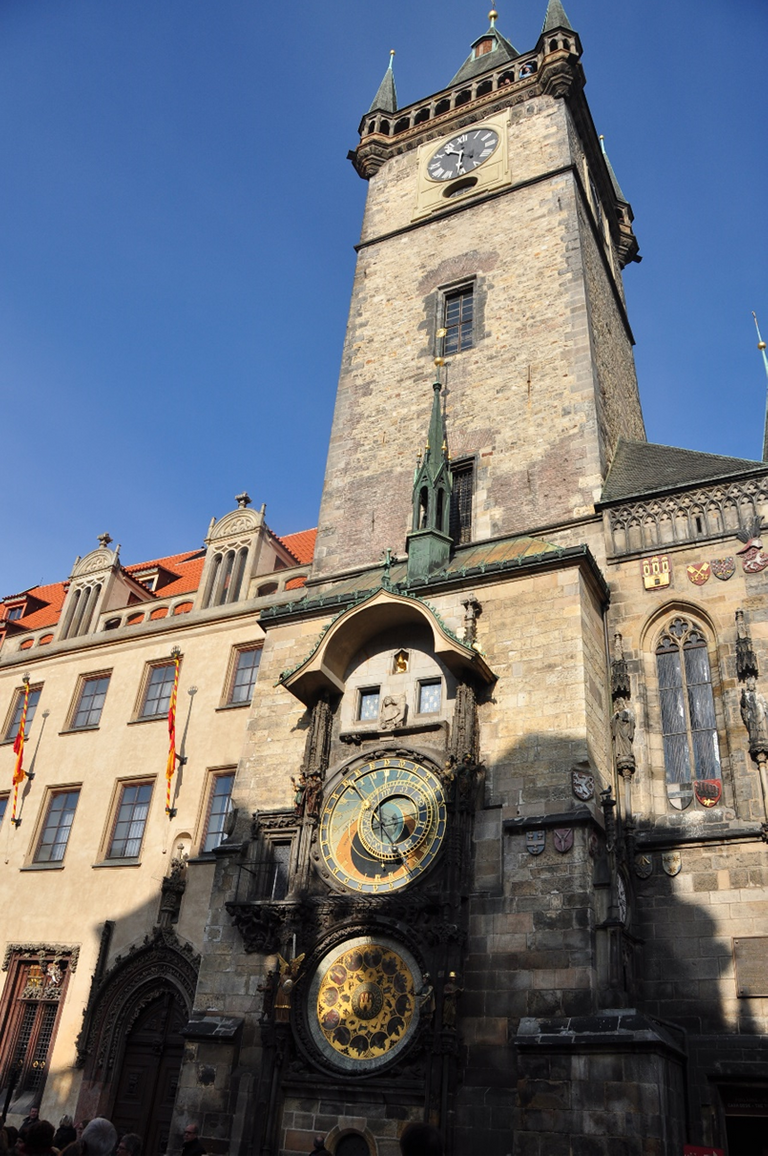
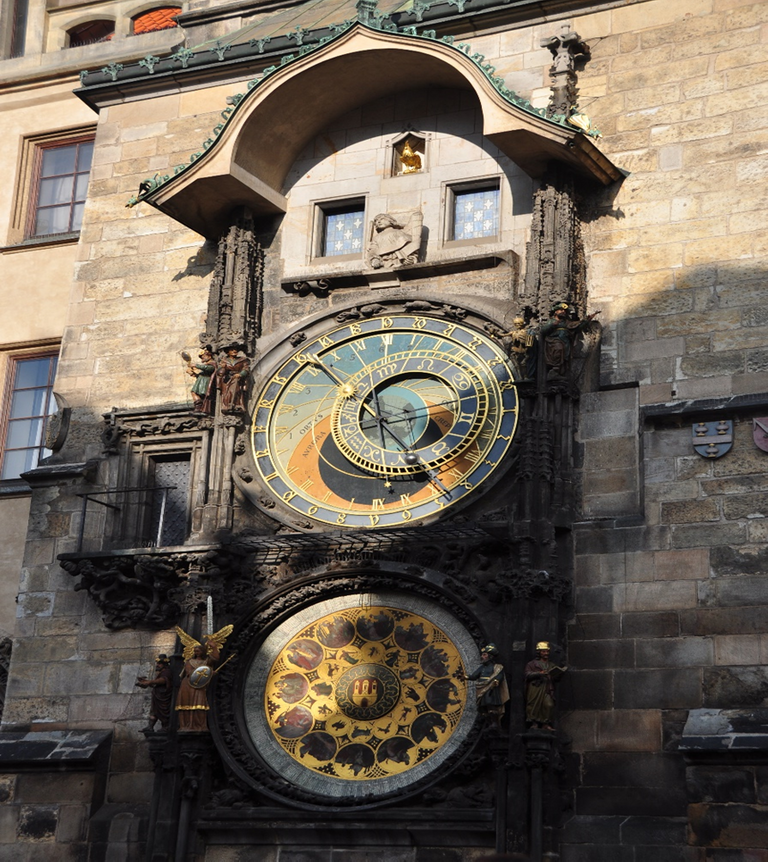
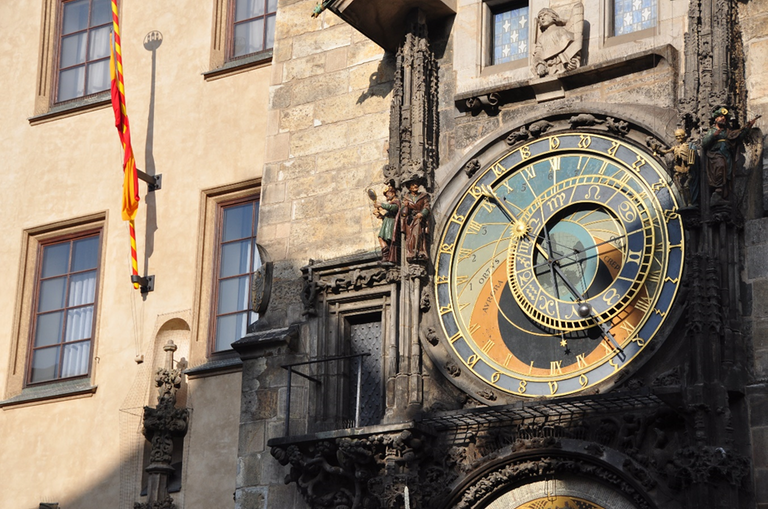
On the other hand, there are architectural jewels such as the Charles Bridge, with its more than 500 meters above the Vltava River that link the Prague Castle with the old city; the huge Wenceslas Square, full of shops and restaurants, where the National Museum of Prague is located, a neo-Renaissance building with a hall in which is the pantheon where the most illustrious Czechs rest; the Europa hotel located on the square with an art Nouveau façade; the Patio de Ungelt; the Plaza de la República, where the Torre de la Pólvora is located, the old entrance to the city and the starting point of the Camino Real.

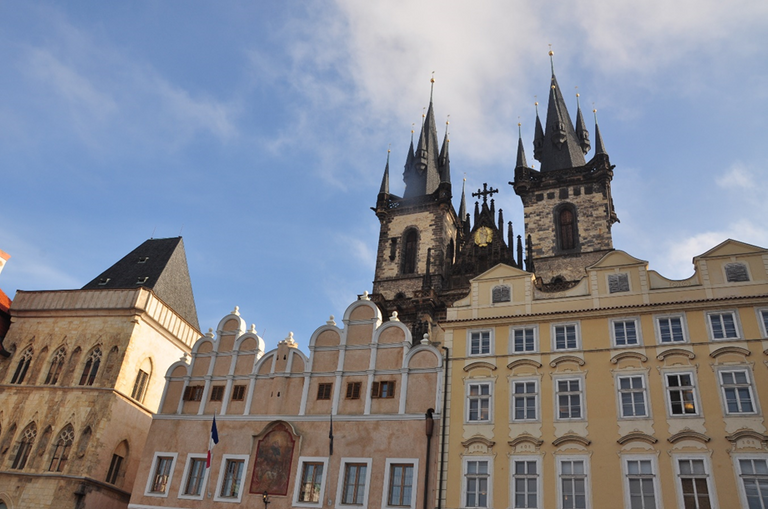
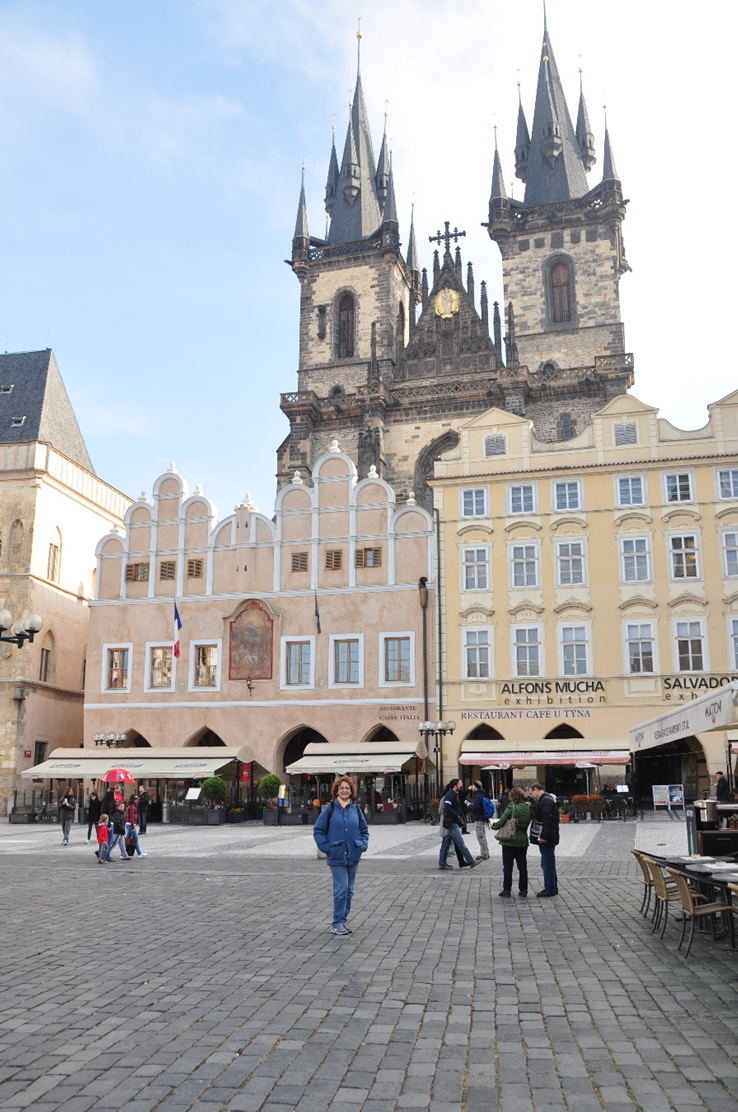
designed by the architects Matías de Arras and Peter Parler (Plaza de la Ciudad Vieja con la Iglesia de Nuestra Señora de Tyn al fondo, iglesia gótica diseñada por los arquitectos Matías de Arras y Peter Parler)
To visit the bohemian baroque neighborhood of Mala Strana, located below the castle, it is necessary to cross the Charles Bridge, and then go up, on foot or by funicular, to the Church of San Nicolás, on whose side is the beautiful Nerudova street. full of historical buildings leading up to the Citadel, to which we have dedicated a post, which can be consulted under the title "The Citadel of Prague: some of its churches, streets and gardens" (). Before reaching the Citadel, you can visit the Church of Our Lady of Victory or the Vrtba Garden. Once inside the walls you can see, among other works, the Cathedral of Saint Vitus and the Golden Alley. Higher up the castle you can see the Church of Loreto and the Strahov Monastery with an impressive library. At the top of this part of the city is the Mount or Petrin Tower, from where you can enjoy the spectacular views of the city, from its tower.
()https://peakd.com/hive-178708/@besamu/eng-the-citadel-of-prague-some-of-its-churches-streets-and-gardens-esp-la-ciudadela-de-praga-algunas-de-sus-iglesias-calles-y-.
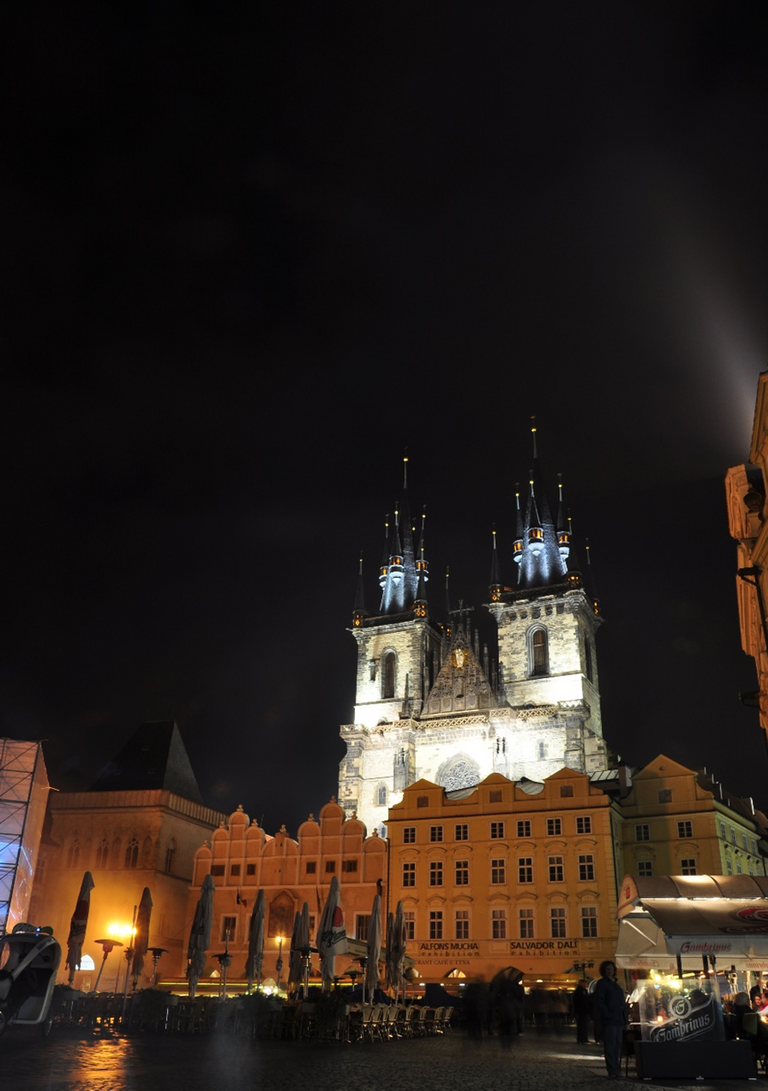
ancho y 44 de alto)
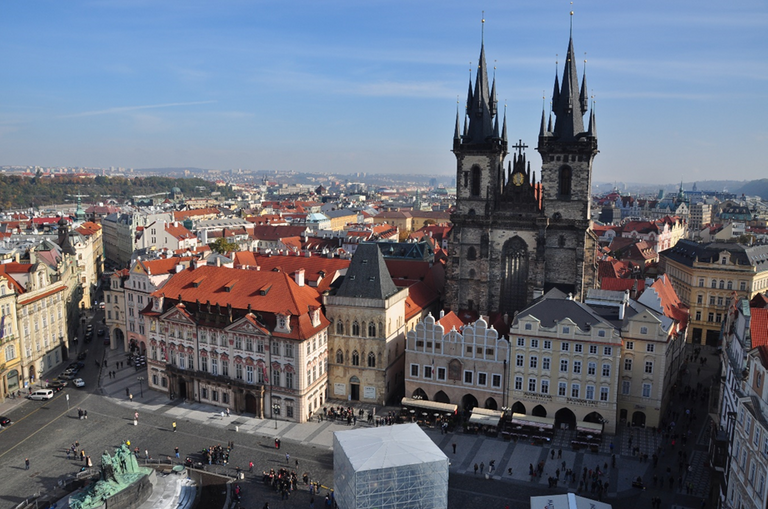
It is pleasant to go to areas such as the Nuevo neighborhood or Nové Mesto, walking you pass in front of the magnificent National Theater with a large room for opera performances. From there you can take a walk along the banks of the Vltava River with views of the castle, to the surprising Dancing House, this building, representing the famous dancers Fred Astaire and Ginger Rogers, stands out among the baroque, art nouveau and gothic buildings of the neighborhood. Also, there is the Church of Anthropoid, famous because a historical battle was fought there in World War II, with its crypt that served to house the soldiers who assassinated the notorious Nazi criminal the “Butcher of Prague”.

Following the path, you will reach an access to climb the fortress or citadel of Vyšehrad, located on a hill and with magnificent views of the Moldova river. This fortification has become an ideal green area to relax. In the enclosure are the neo-Gothic Church of Saint Peter and Saint Paul and the Vyšehrad Cemetery, in which personalities of Czech history are buried.

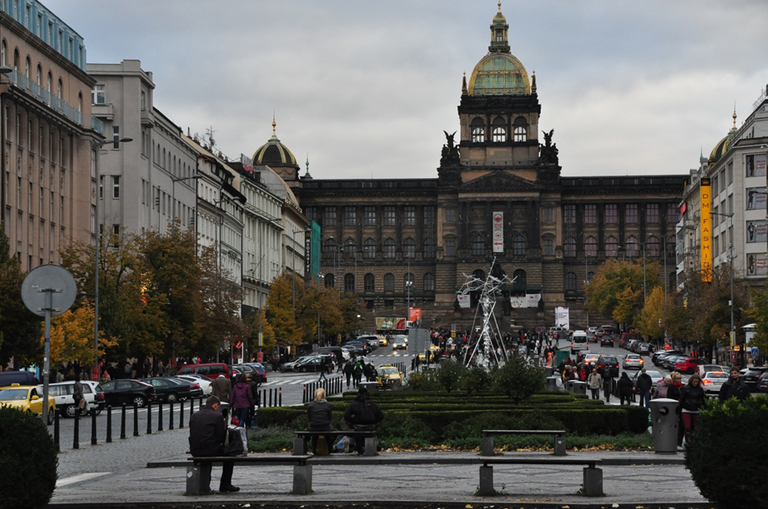
Consulted bibliography:
- Klima, Ivan: El Espíritu de Praga, Barcelona, Acantilado, 2010
- Dolezal, Ivan: Prague. The Golden Book. Praga, Pragensia Publishing House, 1983.
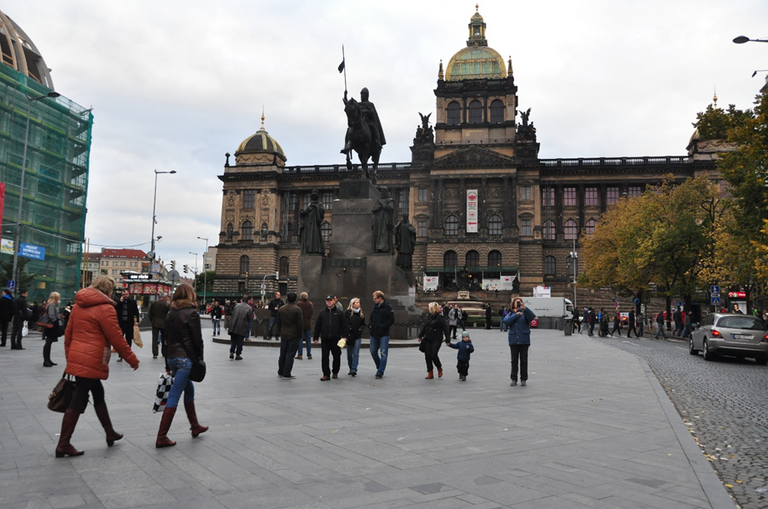
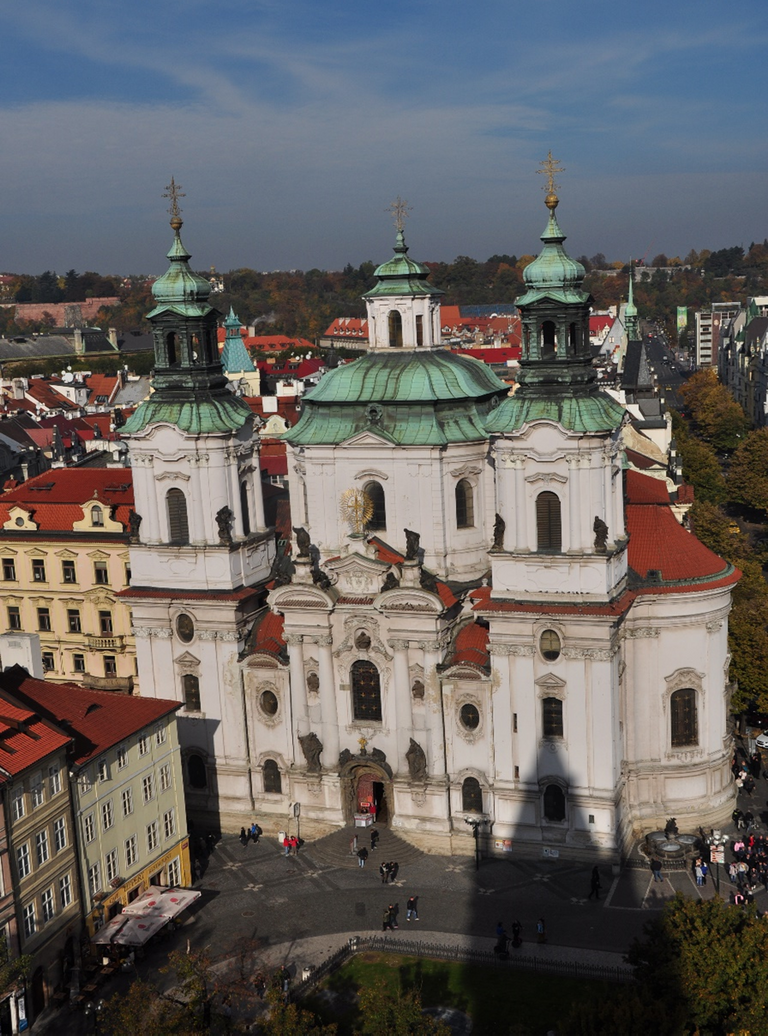
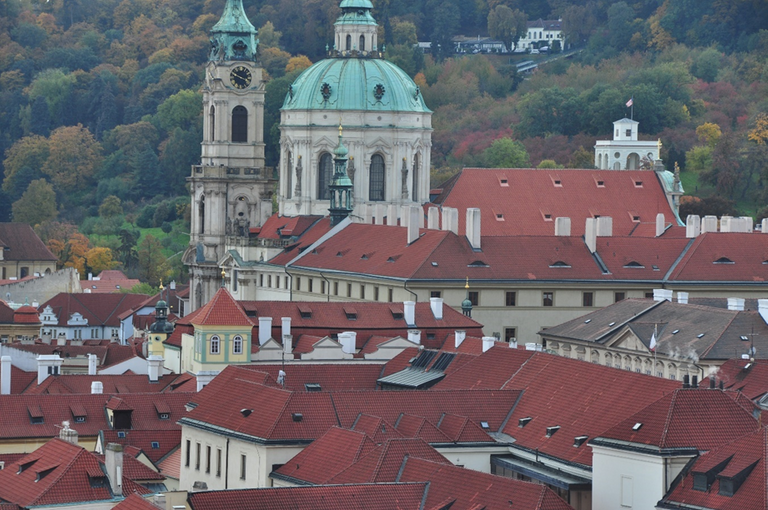
Estimados amigos de las comunidades que me honran con la lectura, comentarios y votos de mis posts. Quisiera, antes que todo, desearles un feliz y venturoso año 2022 en unión de sus seres queridos. Hoy, para iniciar este nuevo año, quiero compartir con ustedes un pequeño escrito y fotos de la ciudad de Praga, nombrada de múltiples maneras, entre las cuales se cuentan: Praga Caput Regni (Praga, cabeza del reino); Praga Mater Urbium (Praga, la madre de las ciudades); “La Roma del Norte” Praga, la ciudad de las 100 torres” o “Praga Dorada”, cada una de las cuales tiene su propia historia y significado. Estar en lugares como esta ciudad sin conocer parte de su historia es algo que uno no se puede permitir; lo que se siente al tener un mínimo de conocimiento de lo que allí aconteció te da una perspectiva totalmente diferente, más plena y vívida. La República Checa (resulta de la escisión de Checoeslovaquia en dos países en 1993: La República Checa y Eslovaquia; aunque en verdad, su creación, con este nombre, data de 1918.
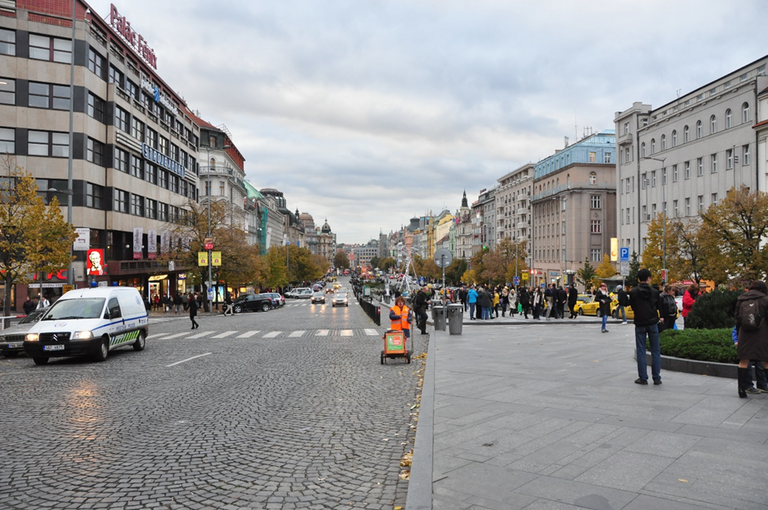
Visitar Praga es adentrares en la historia de Europa, se puede decir que ella es un auténtico museo al aire libre; basta conocer su historia para transportarse a las épocas medieval e imperial, o, contemporáneamente, por notables hechos como la ocupación Nazi de 1938 en los inicios de la segunda guerra mundial, la invasión soviética en 1968 como respuesta a la Primavera de Praga o la Revolución de Terciopelo de 1989, que han sido referencia para entender los grandes cambios que sufrió el mundo y especialmente Europa en la segunda mitad del siglo XX.
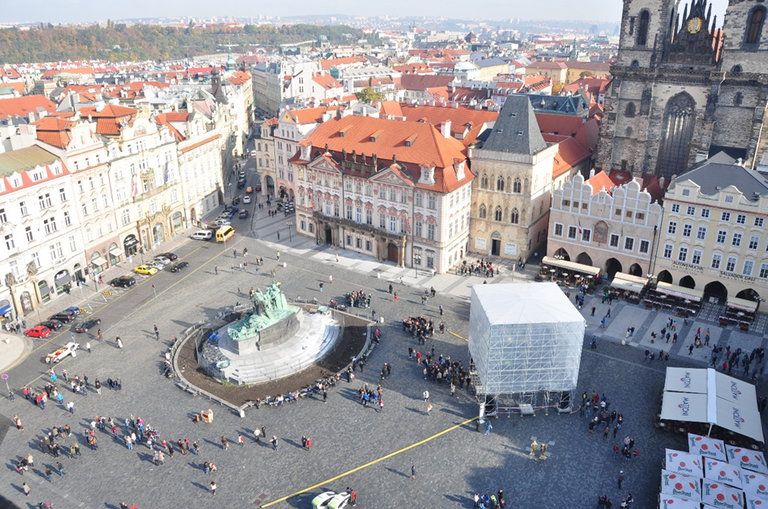
En un viaje de pocos días como el que tuve la oportunidad de hacer en 2007; ocupado en reuniones con miembros de la Academia de Ciencias para la firma de un convenio de intercambio académico entre esa institución y la Universidad Central de Venezuela, que representábamos el Rector Antonio Paris y mi persona, me quedó poco tiempo para enriquecer mi espíritu con las maravillas de la ciudad, de manera que solo pude hacer miradas rasantes de los sitios emblemáticos de ella, con la ayuda de su tranvía. Sin embargo, he tenido la suerte de que mi cuñado Alfonso () y su esposa estuvieran en Praga en 2017, diez años después de mi visita, y tomaran fotos de muchos lugares que pude visitar en mi corta estadía y, para mi beneficio, otros tantos que sólo había oído nombrar.
()Alfonso Celi @alfceli en Instagram)

Esta ciudad está llena de lugares que no se pueden olvidar una vez que se tiene contacto con ellos, entre los que recuerdo: el Centro Histórico (Stare Mesto) donde se encuentra la majestuosa Plaza de la Ciudad Vieja con su espectacular Reloj Astronómico de más de 600 años, la torre del Antiguo Ayuntamiento, la Iglesia de Nuestra Señora de Týn, la Casa Natal y la estatua conmemorativa del famoso escritor Franz Kafka. El antiguo gueto judío de Josefov, donde se levantan 6 sinagogas, entre las que destacan la Sinagoga Vieja-nueva y la Sinagoga Española, cuyo nombre se debe por su parecido al arte morisco de la época musulmana en España, además del antiguo cementerio judío, con algo más de 12.000 tumbas y unas100.000 personas enterradas en ellas; esta zona es la más antigua de Praga conjuntamente con sus originales calles empedradas.
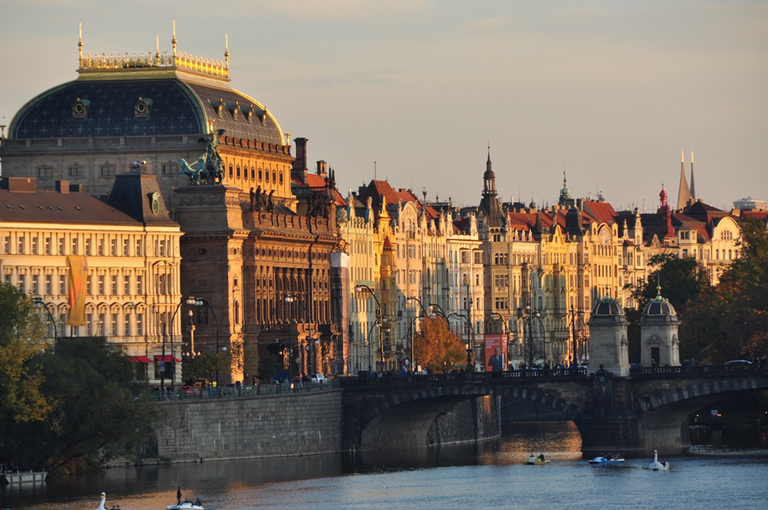
Por otra parte, existen joyas arquitectónicas como el Puente de Carlos, con sus más de 500 metros sobre el río Moldava que unen el castillo de Praga con la ciudad vieja; la enorme plaza de Wenceslao, llena de tiendas y restaurantes, en donde se encuentra el Museo Nacional de Praga, un edificio neorrenacentista con un vestíbulo en el que se halla el panteón donde descansan los checos más ilustres; el hotel Europa situado en la plaza con una fachada de estilo art Nouveau; el Patio de Ungelt; la Plaza de la República, donde se localiza la Torre de la Pólvora, antigua entrada a la ciudad y punto de partida del Camino Real.
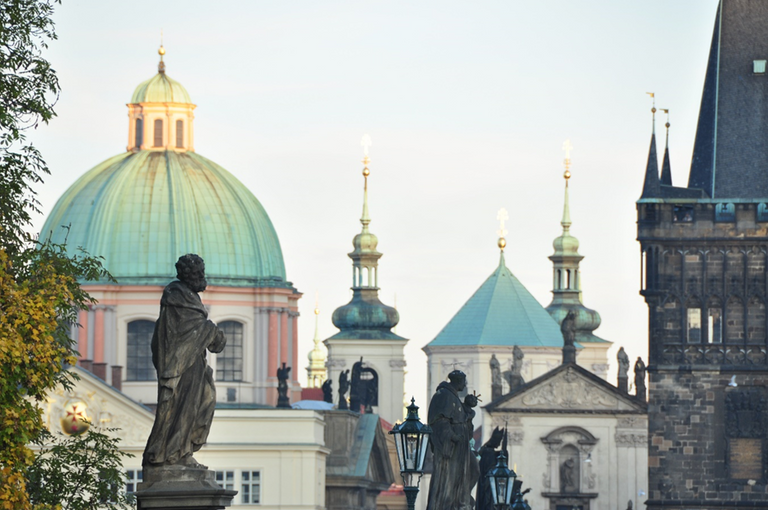
Para visitar el barrio bohemio barroco de Mala Strana, localizado debajo del castillo, es menester cruzar el Puente de Carlos, y luego subir, a pie o en funicular, hasta la Iglesia de San Nicolás, a cuyo costado se encuentra la bellísima calle Nerudova, llena de edificios históricos que conducen hacia la ciudadela, a la que hemos dedicado un post, que puede ser consultado bajo el título “La Ciudadela de Praga: algunas de sus iglesias, calles y jardines”(). Antes de llegar a la Ciudadela se pueden visitar la Iglesia Nuestra Señora de la Victoria o el Jardín Vrtba. Una vez dentro de las murallas se pueden ver, entre otras obras, la Catedral de San Vito y el Callejón de Oro. Más arriba del castillo se otean la Iglesia de Loreto y el Monasterio Strahov con una impresionante biblioteca. En la cumbre de esta parte de la ciudad está el Monte o Torre de Petrín, desde donde se puede disfrutar de las espectaculares vistas de la ciudad, desde su torre.
()https://peakd.com/hive-178708/@besamu/eng-the-citadel-of-prague-some-of-its-churches-streets-and-gardens-esp-la-ciudadela-de-praga-algunas-de-sus-iglesias-calles-y-.

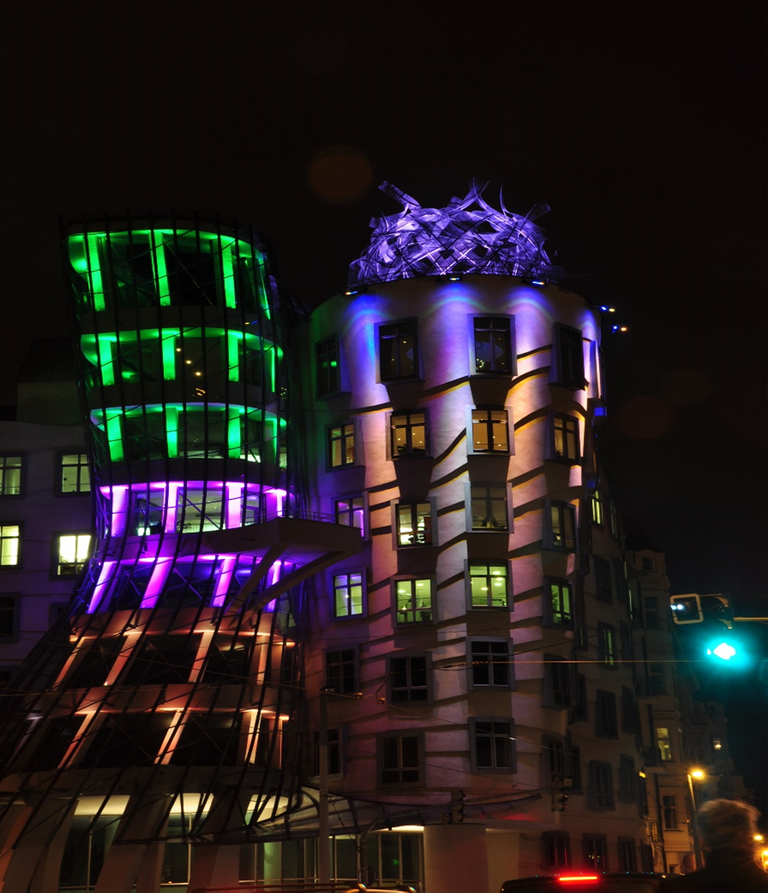
Resulta agradable ir a zonas como el barrio Nuevo o Nové Mesto, caminando se pasa delante del magnífico Teatro Nacional con una gran sala para las actuaciones de ópera. Desde allí se puede dar un paseo por la orilla del río Moldava con vistas al castillo, hasta la sorprendente Casa Danzante, este edificio, que representa los famosos bailarines Fred Astaire y Ginger Rogers, sobresale entre los edificios barrocos, art noveau y góticos del barrio. También allí está la Iglesia de Anthropoid, famosa porque allí se libró una batalla histórica en la Segunda Guerra Mundial, con su cripta que sirvió para alojar a los soldados que asesinaron al conocido criminal nazi el “Carnicero de Praga”.
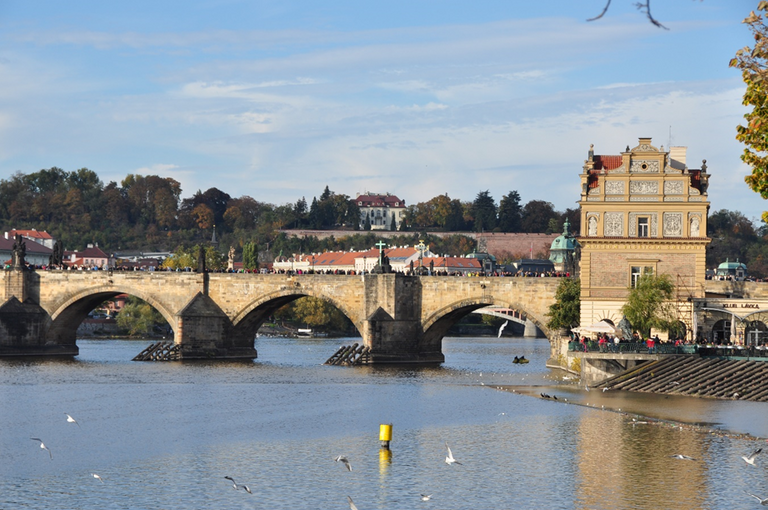
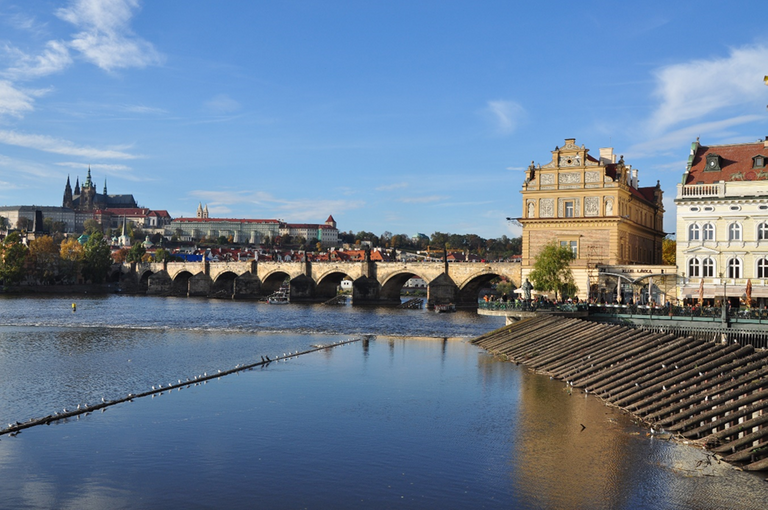
Siguiendo el camino se llega a un acceso para subir a la fortaleza o ciudadela de Vyšehrad, situada sobre una colina y con magníficas vistas al río Moldova. Esta fortificación se ha convertido en una zona verde ideal para relajarse. En el recinto se encuentran la Iglesia neogótica San Pedro y San Pablo y el Cementerio de Vyšehrad, en el que están enterrados personalidades de la historia checa.


Bibliografía consultada:
- Klima, Ivan: El Espíritu de Praga, Barcelona, Acantilado, 2010
- Dolezal, Ivan: Prague. The Golden Book. Praga, Pragensia Publishing House, 1983.
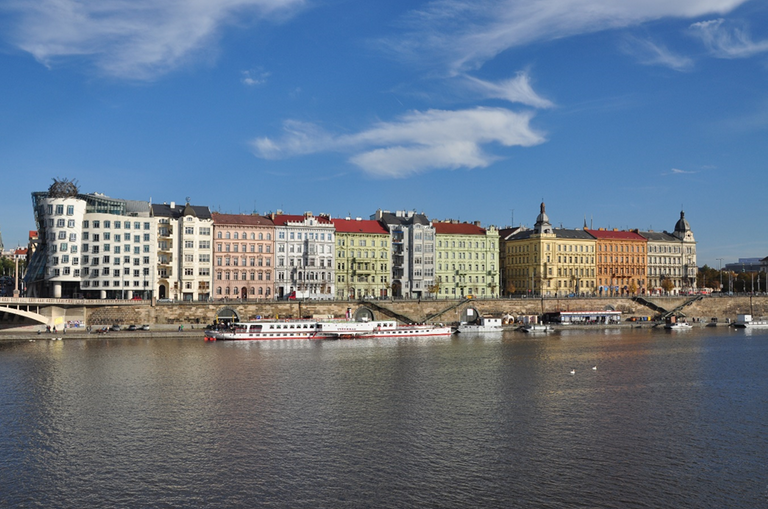

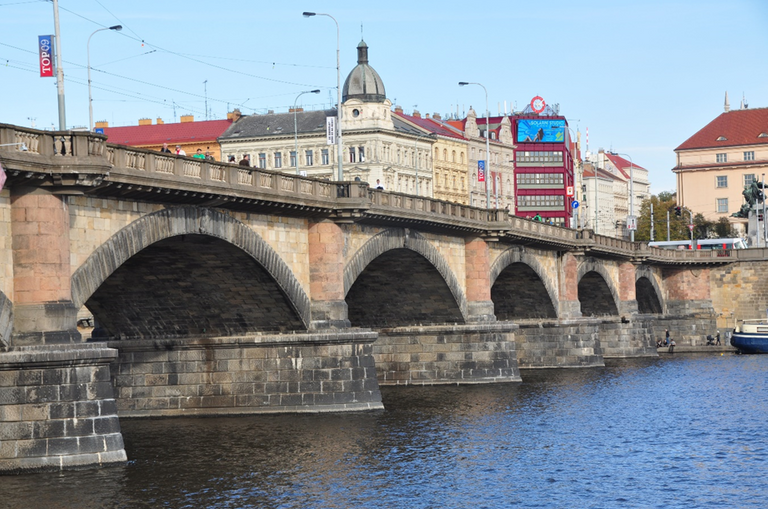
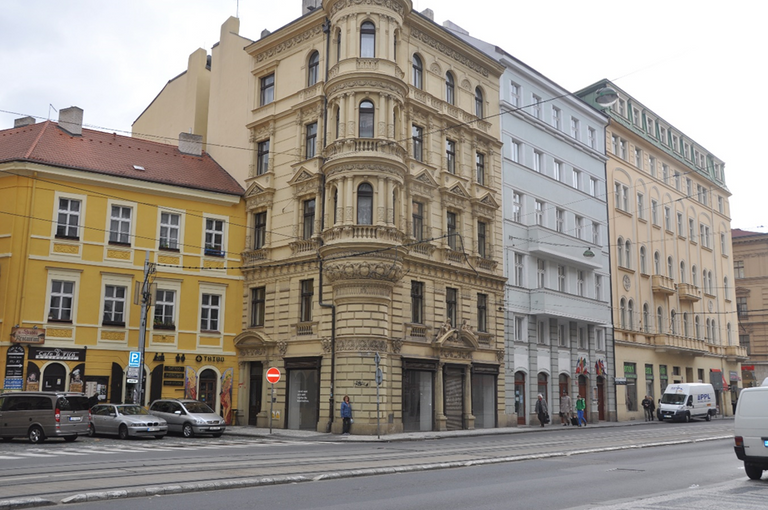
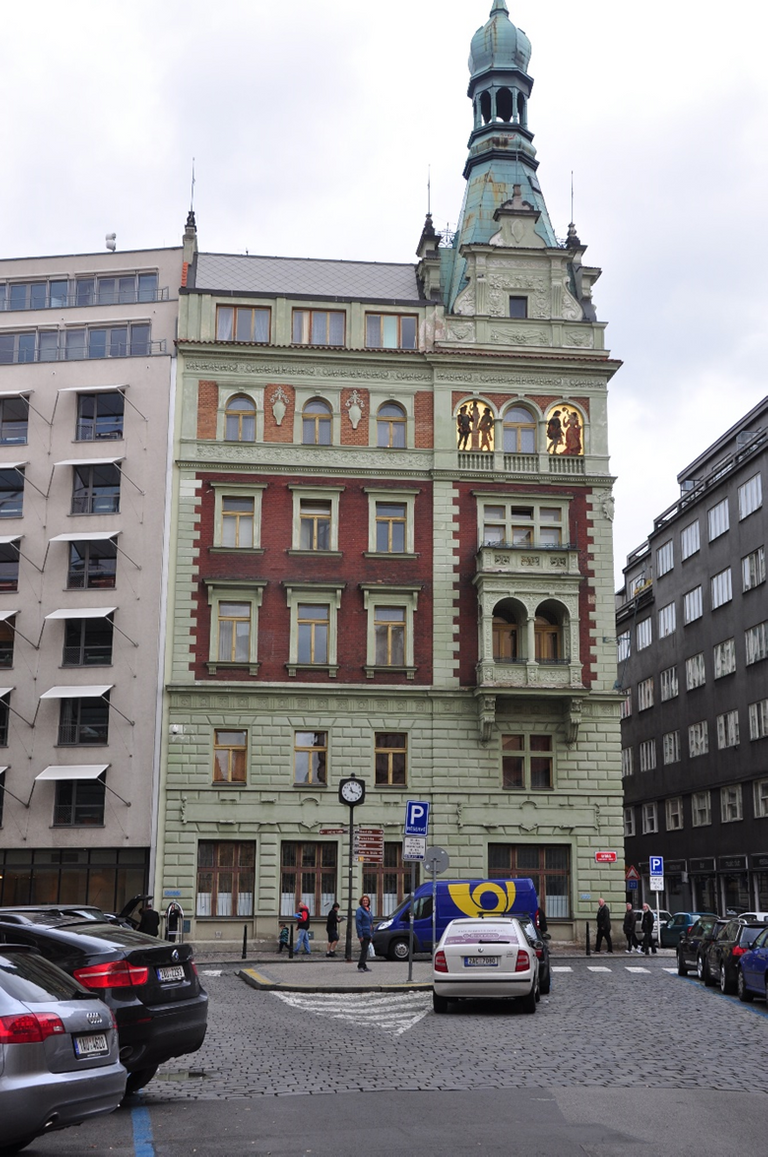
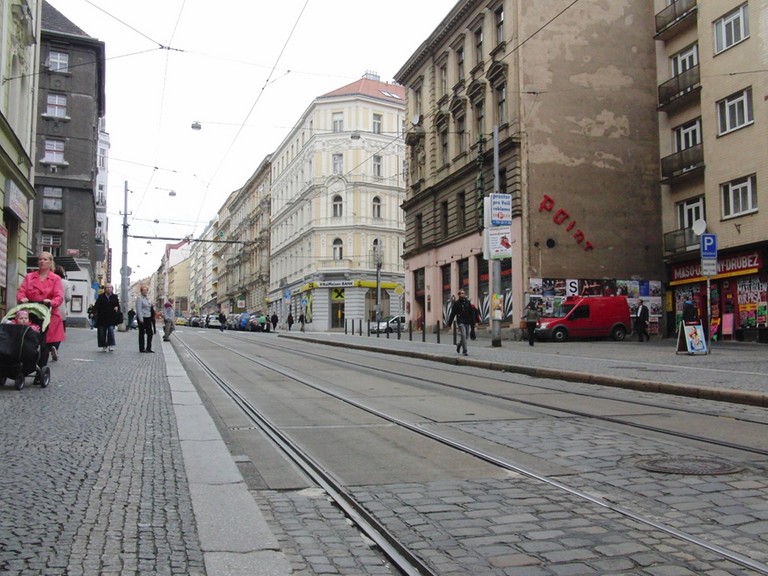
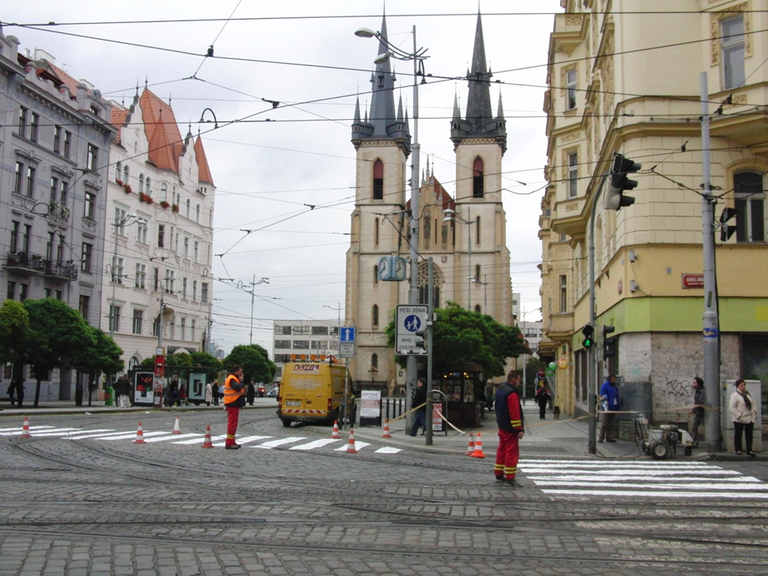
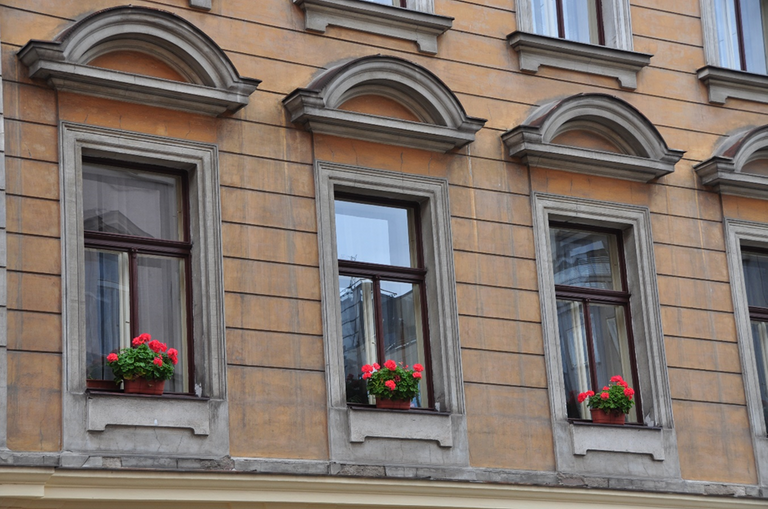
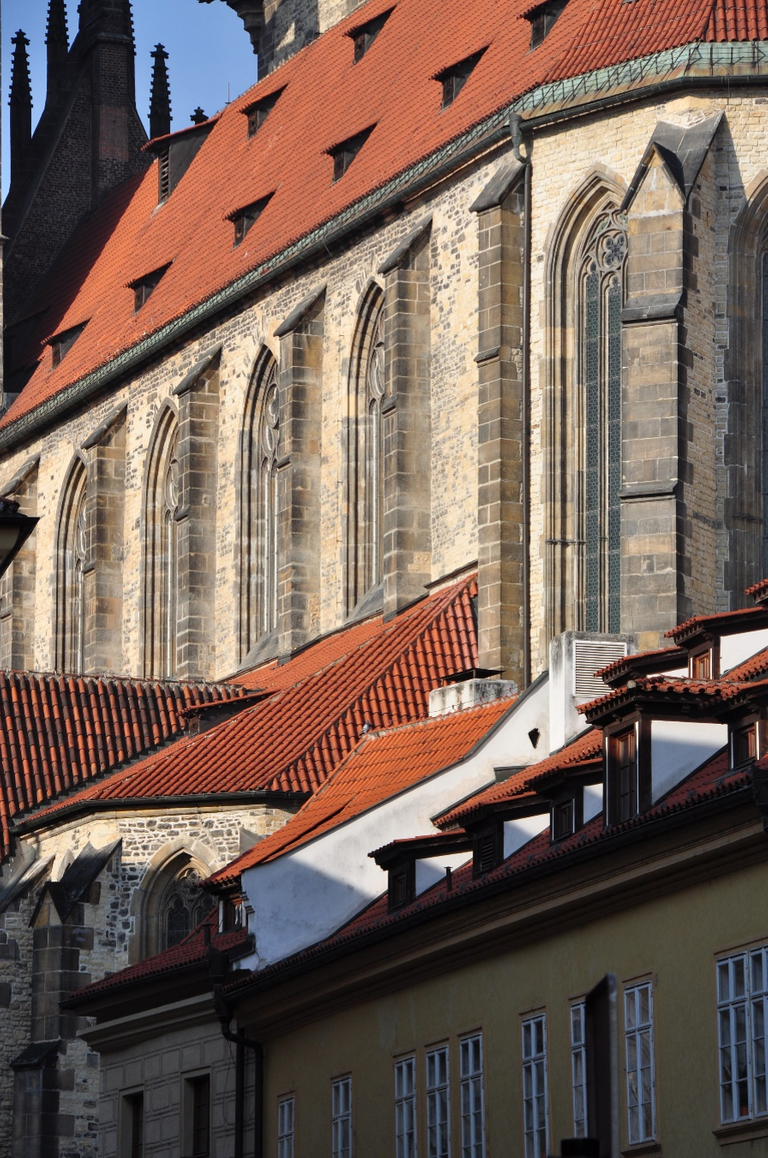
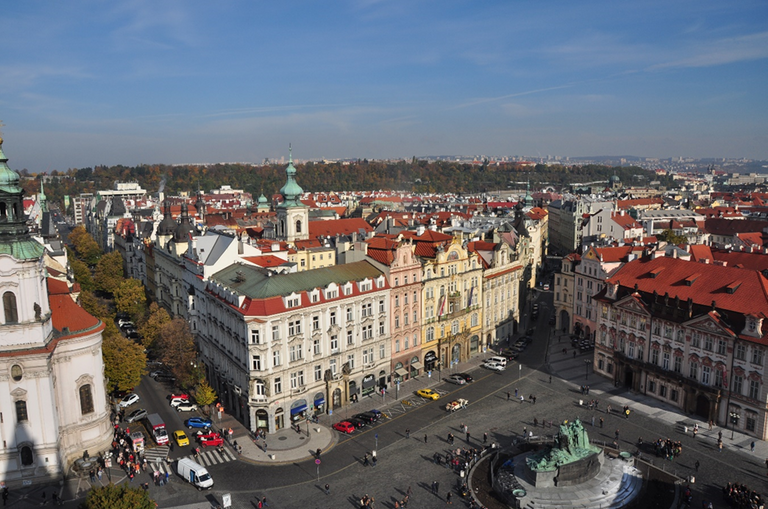
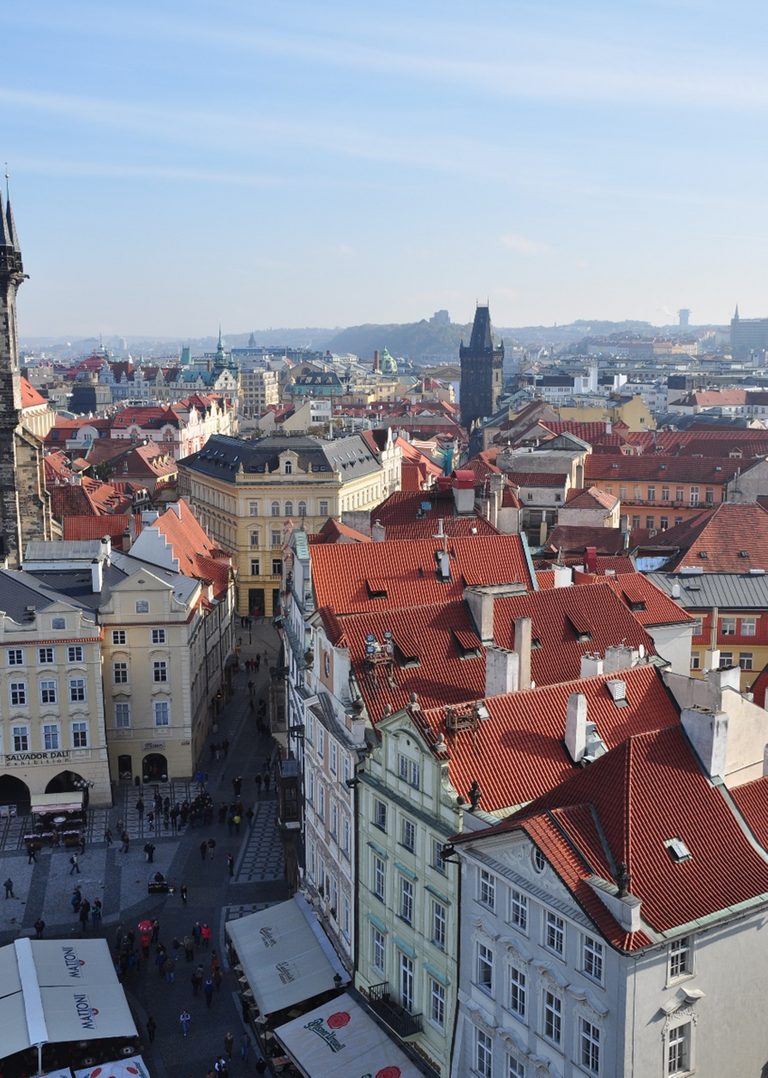
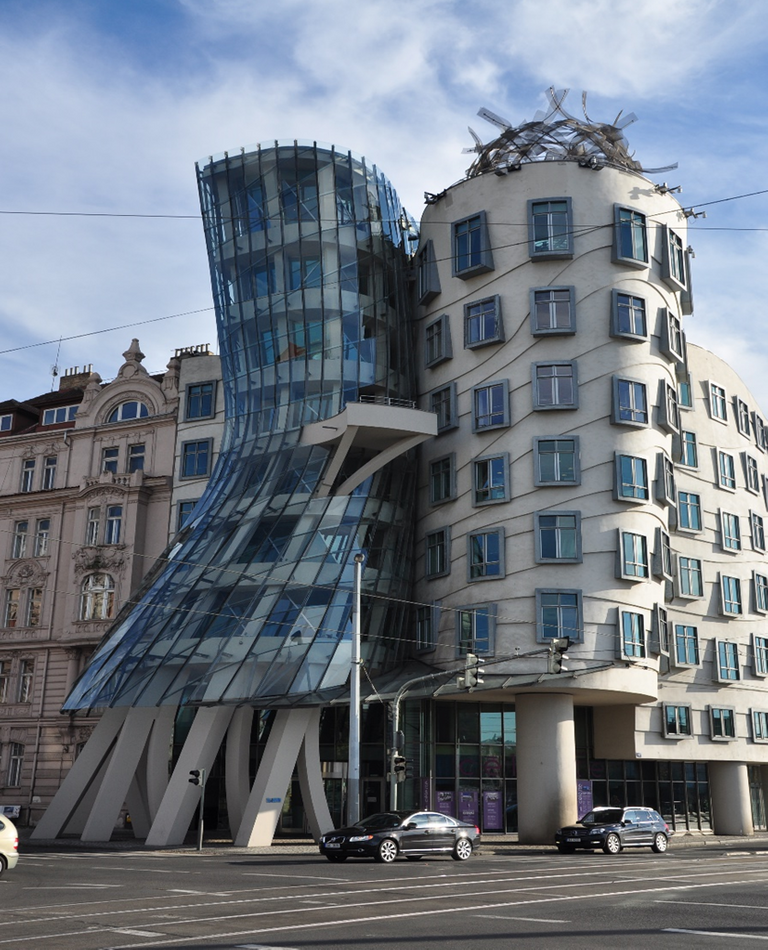
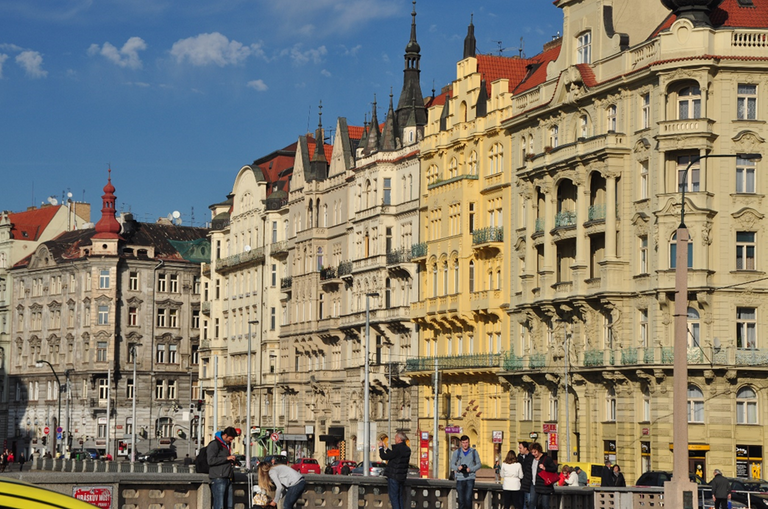
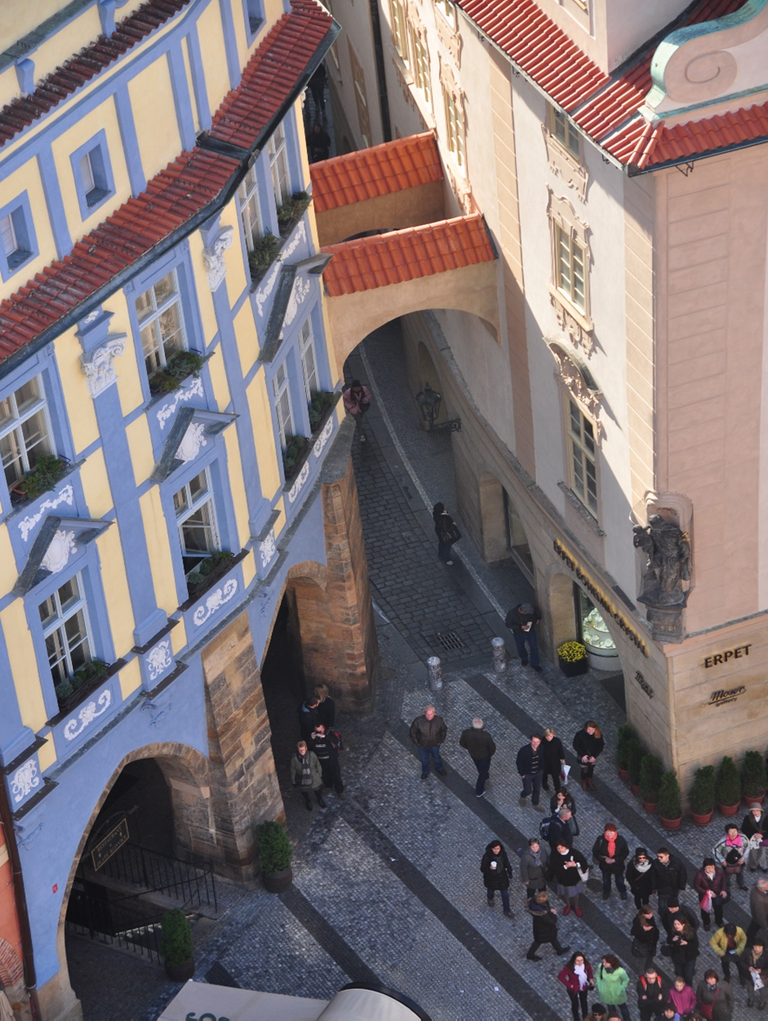
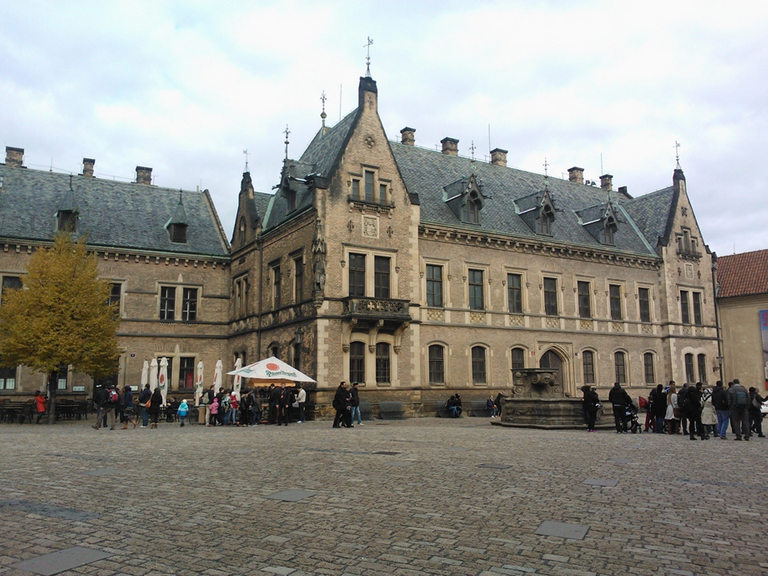

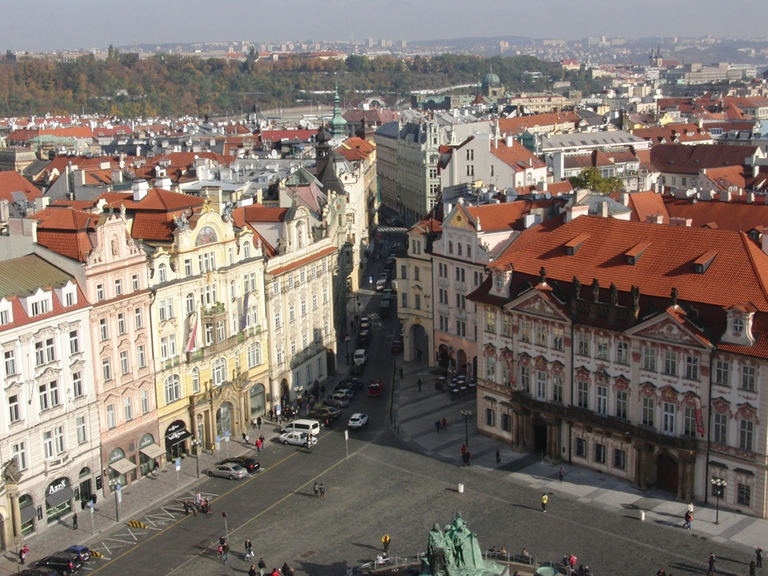
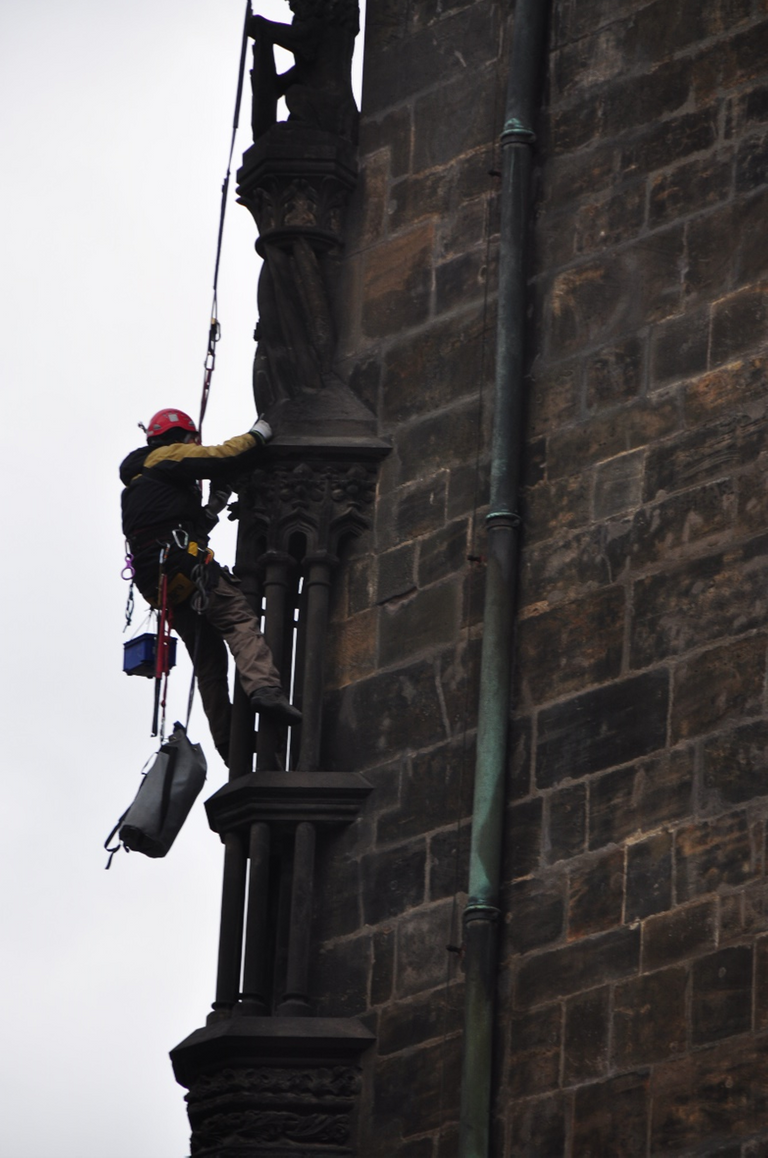
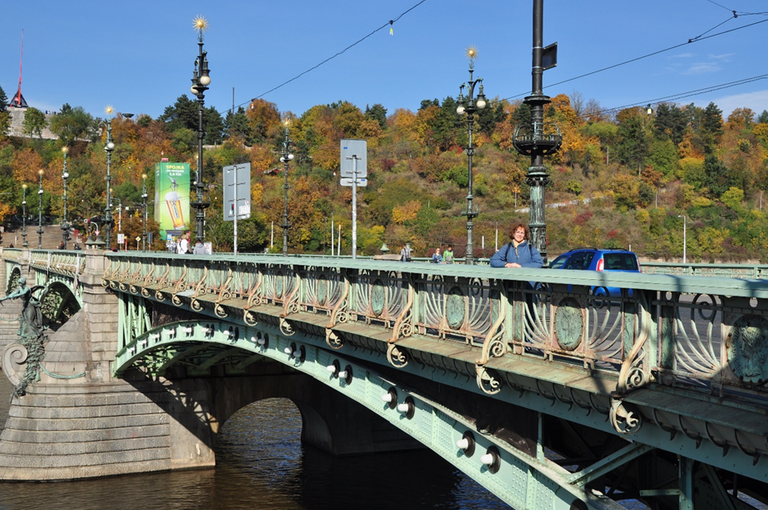

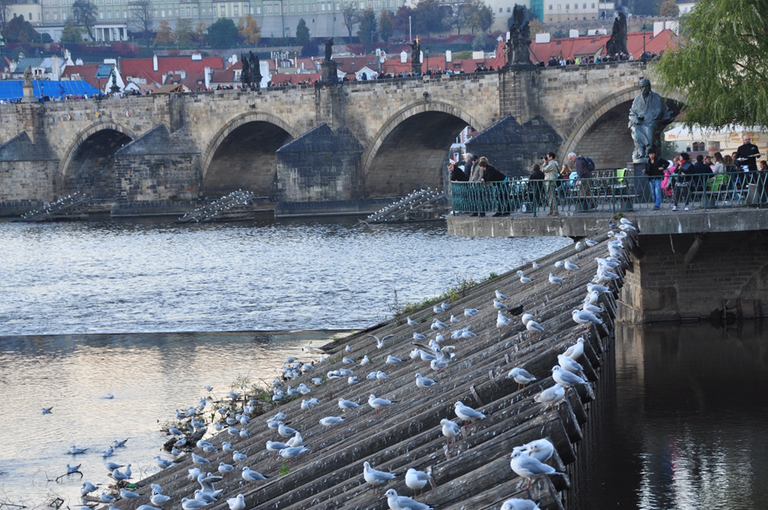
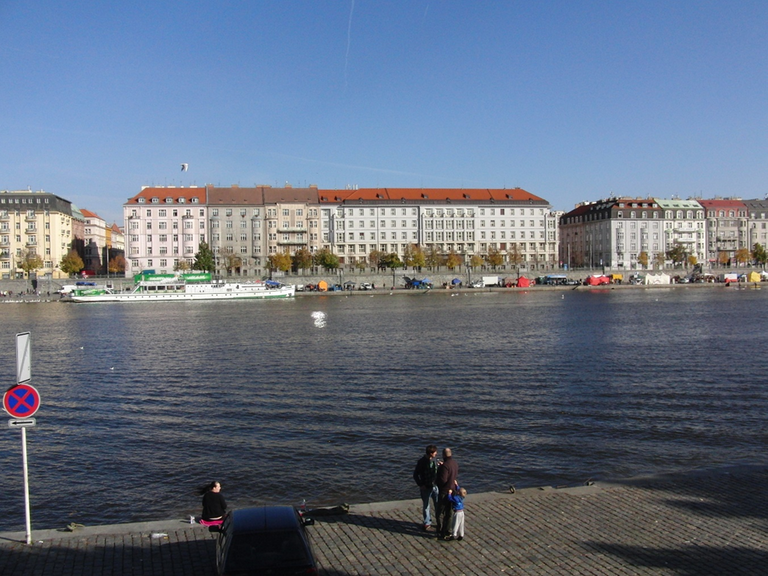
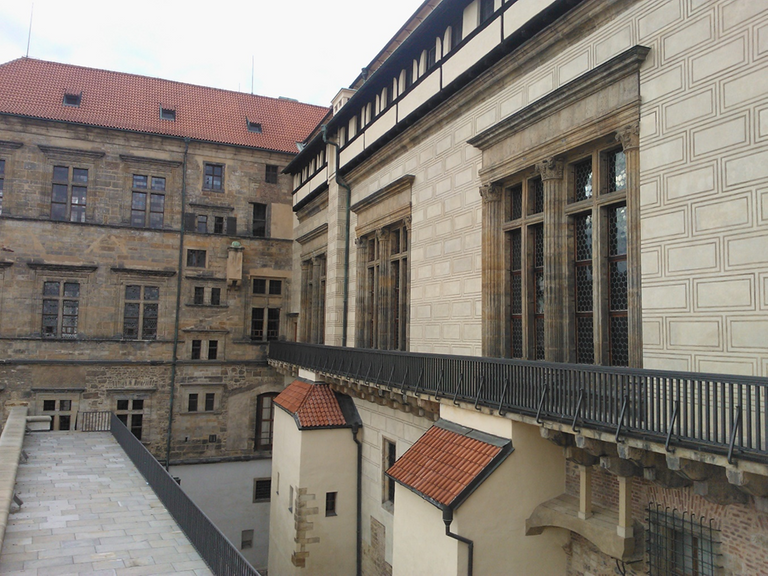

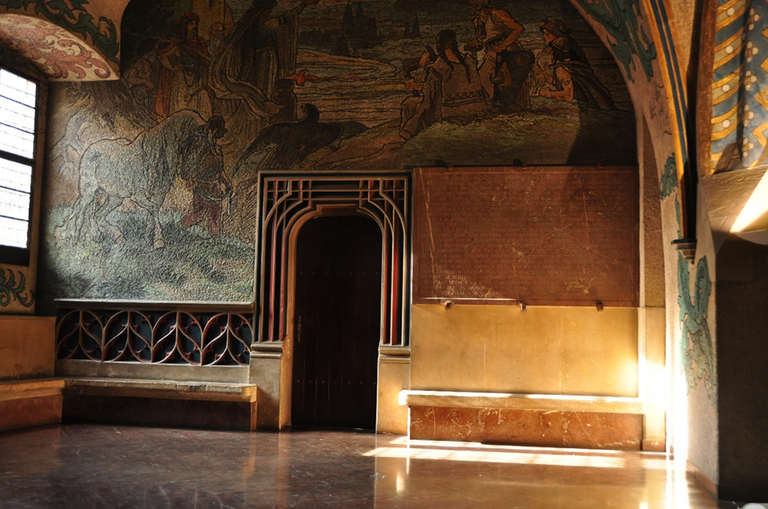
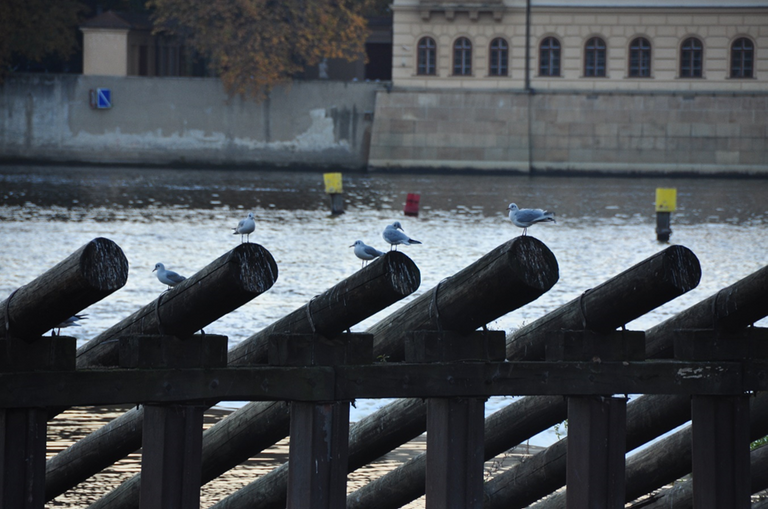
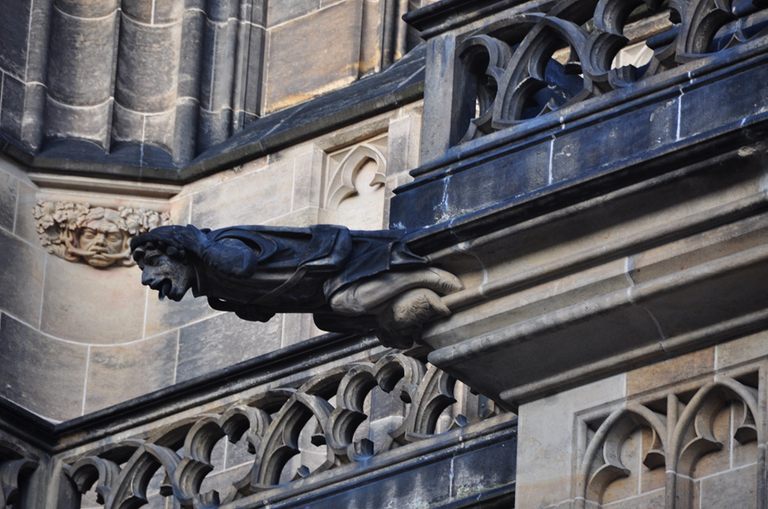
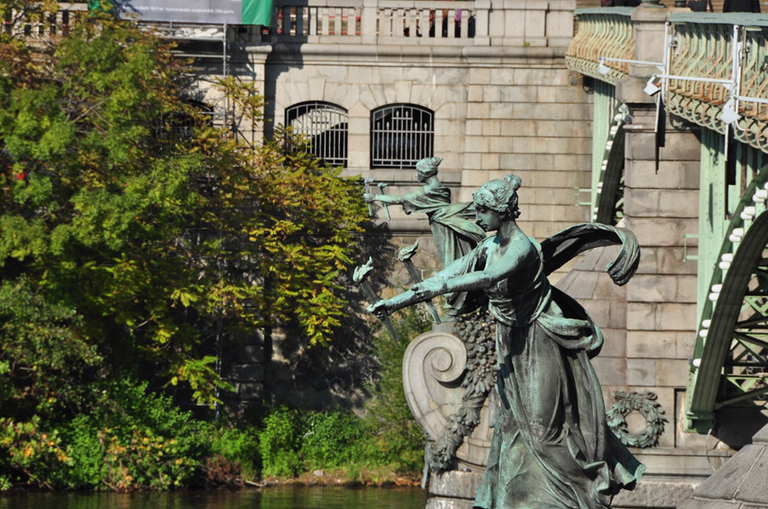
Congratulations, your post has been added to Pinmapple! 🎉🥳🍍
Did you know you have your own profile map?
And every post has their own map too!
Want to have your post on the map too?
Thank you Pinmapple friends
At times I wonder if these buildings can still be replicated now...
Like these cities are stunning.
Hello profgabs05, thank you for your comment. I don't know if they can be replicated, what is certain is that they can be kept in perfect condition. I share with you that this city, in particular, is impressive
@tipu curate
Upvoted 👌 (Mana: 42/82) Liquid rewards.
Hello tipu, thank you very much for your liquid rewards
Hello robibasa, thank you very much.
Congratulations @besamu! You have completed the following achievement on the Hive blockchain and have been rewarded with new badge(s):
Your next target is to reach 200 posts.
You can view your badges on your board and compare yourself to others in the Ranking
If you no longer want to receive notifications, reply to this comment with the word
STOPTo support your work, I also upvoted your post!
Check out the last post from @hivebuzz:
Hello friends of hivebuzz, thank you for keeping track of the publications that we members of HIVE make. It is all a job and it is greatly appreciated
You're welcome @besamu, that's with pleasure! Keep getting involved like that 😊👍
Prague is one of the places that I wanted to visit. You just made me more eager to make that dream come true. Good evening!
Hello afterglow. Thanks for your comment on my post. I hope your dream of visiting this great city comes true. Receive a cordial greeting
Cuanta historia en las fotos que muestra.
Hello mercmarg, good morning. I am of the opinion that there are cities with a history that have changed our lives, one of them is Prague, especially in the 20th century, events occurred that made many change their vision and position on what was happening behind the so-called curtain of iron. Kind regards .
Response to your comment "How much story in the photos that you shows"
Hola mercmarg, buenos días. Soy de la opinión de que hay ciudades con una historia que nos han cambiado la vida, una de ellas es Praga, sobre todo en el siglo XX, acontecieron hechos que hicieron cambiar a muchos su visión y posición sobre lo que estaba pasando tras la llamada cortina de hierro. Saludos cordiales .
Respuesta a su comentario "Cuanta historia en las fotos que muestra"
Mi más sincera enhorabuena por este fascinante paseo por una ciudad, Praga, con tan sublime idiosincrasia de arte, arquitectura, leyenda y tradición, frente a la cual resulta difícil no rendirse y declararse irremisiblemente admirador. Saludos, amigo @besamu
My sincere congratulations for this fascinating walk through a city, Prague, with such a sublime idiosyncrasy of art, architecture, legend and tradition, in front of which it is difficult not to give up and declare yourself an irredeemable admirer. Greetings, friend @besamu
Hola juancar, ha sido un placer presentarles esta ciudad que me encantó cuando la visité. Con usted comparto la admiración por Praga y sus bellezas arquitectónicas, su arte por doquier, su admirable río y su encantadora gente. Reciba un saludo fraterno.
Hello Juancar, it has been a pleasure to introduce you to this city that I loved when I visited it. With you I share the admiration for Prague and its architectural beauties, its art everywhere, its admirable river and its charming people. Receive a fraternal greeting.
It is a beautiful city, very impressive, every step you walk through the city, you find yourself in front of any architectural work of great magnitude.
Good morning wilfredocav, indeed walking around Prague is like visiting
an open-air museum, one never tires of seeing wonders of all kinds. Thank you for your comment. Receive my regards
Friend @besamu my admiration for your valuable publication that shows the splendor of Prague, a city with impressive architecture and history that has fascinated me with your publication. I emphasize the clock :) Thank you for this content and many blessings for this new year 2022.
Hello sorprendente, thank you for your comments. My interest is to share the sites that I have had the good fortune to know personally and many others that have been visited by family and friends who have made me be fascinated by the photos and anecdotes told about those places, and that I want my readers to also enjoy. I wish you and your family a year full of health, well-being and inner peace.